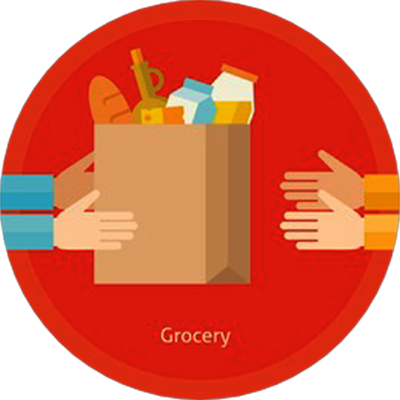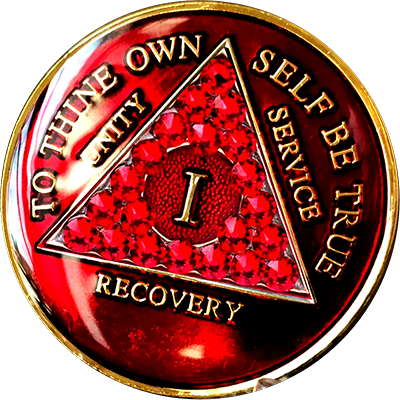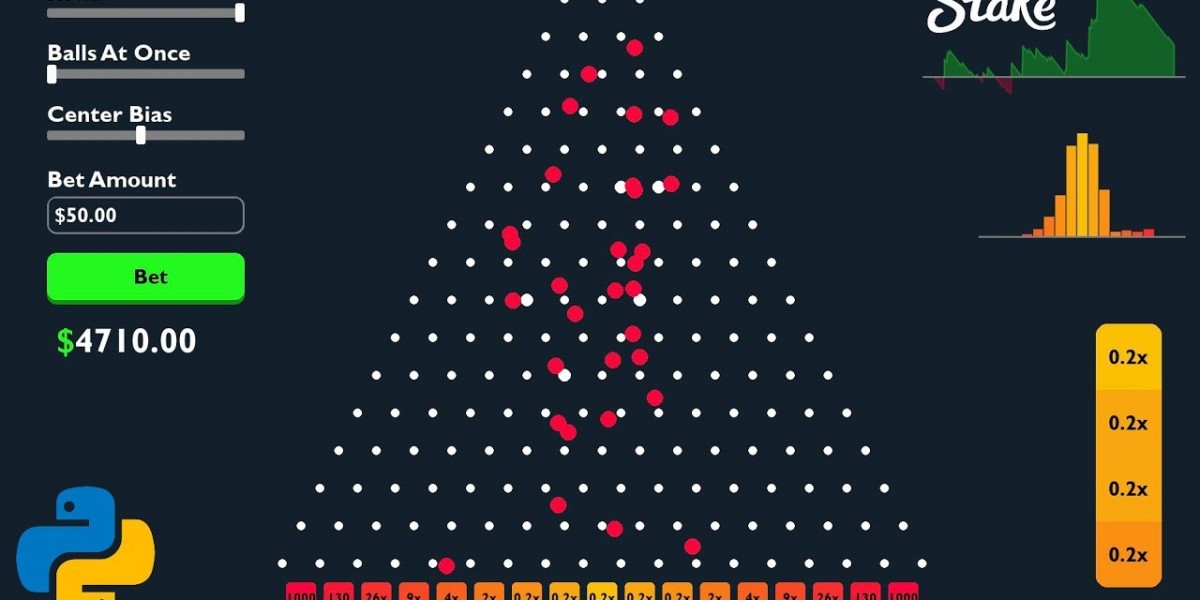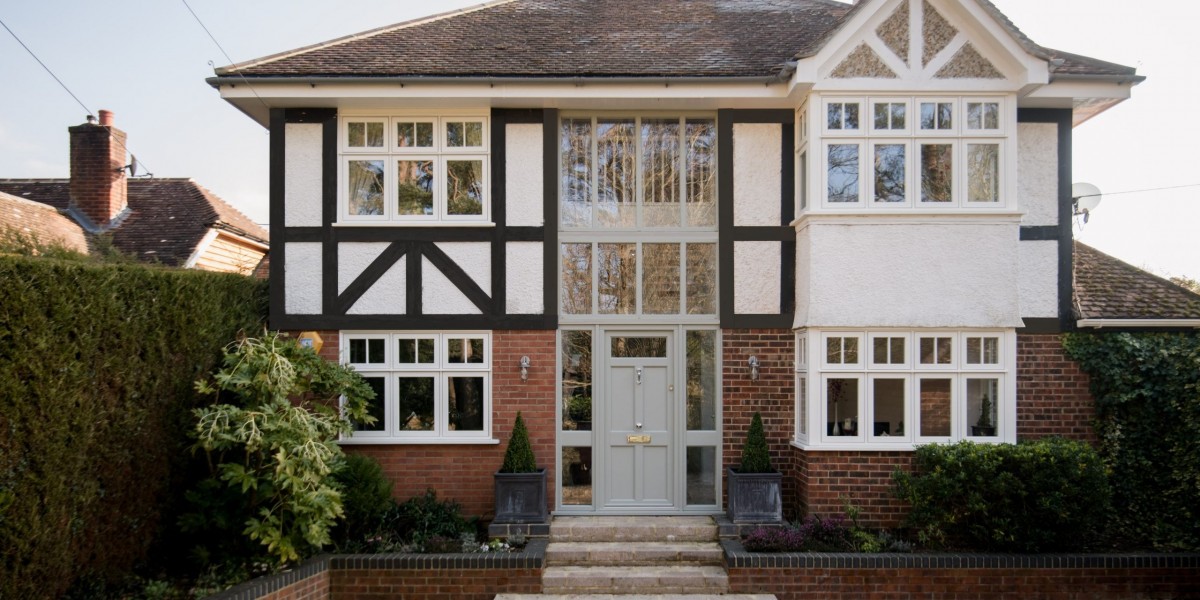As drones become more common in commercial and consumer use, the packaging around them becomes just as important. Companies now look for eco-friendly ways to ship and store drones safely. Choosing sustainable materials for drone boxes helps protect the environment while still keeping products secure.
Recycled Cardboard: A Strong and Earth-Friendly Choice
Recycled cardboard is one of the most popular materials for sustainable packaging. It’s made by reusing old paper materials, which means fewer trees are cut down. This reduces the carbon footprint and helps lower waste in landfills. Cardboard is also very lightweight, making it cheaper and more energy-efficient to ship.
Even though it's light, recycled cardboard is strong. It can protect drones from damage during transport. It’s easy to fold, cut, and print on, which means brands can customize it without needing extra plastic or coatings. Businesses looking for reliable and affordable packaging often start with recycled cardboard.
Using recycled cardboard is not just good for the environment. It also shows customers that a business cares about sustainability. Many people now choose brands that make eco-conscious choices. So, using this material adds to a brand's image.
Lastly, cardboard can be recycled again after use. This supports a circular economy where materials are reused instead of thrown away. It’s one of the simplest ways to start making a packaging process more eco-friendly.
Mushroom Packaging: Nature’s Biodegradable Alternative
Mushroom packaging is made from agricultural waste and mycelium, which is the root structure of mushrooms. It’s fully compostable and breaks down in just a few weeks. This material is gaining popularity as a natural and safe packaging option.
Mycelium grows in molds, which makes it ideal for shaping custom drone boxes. It offers a snug and protective fit without needing glue or tape. Because it’s naturally fire-resistant and water-resistant, it provides added safety during shipping.
One of the biggest advantages of mushroom packaging is its low environmental impact. It uses very little energy and water to produce. Unlike plastic or foam, it doesn’t sit in a landfill for hundreds of years. Instead, it becomes part of the soil again, improving soil health.
For businesses focused on reducing their carbon footprint, mushroom packaging offers a powerful solution. It’s still new, but more companies are exploring it for electronics and delicate items like drones. The shift to materials like this is part of a larger trend toward nature-based solutions.
Cornstarch Packaging: A Renewable and Safe Material
Cornstarch packaging is made from the starch found in corn plants. It is renewable, biodegradable, and safe for the environment. Since corn is widely available, it's a cost-effective option for businesses trying to use more natural materials.
This packaging can take on many forms. It can be molded like foam, used like plastic, or turned into thin sheets. For drones, this means creating strong outer boxes or soft padding inside the box. It holds its shape well and can protect products from shock or moisture.
Cornstarch packaging decomposes naturally in compost. It breaks down within months instead of staying around for years like traditional plastics. This makes it a good fit for businesses looking to cut waste and pollution.
There is one thing to keep in mind: cornstarch packaging should be disposed of properly. In the right conditions, it breaks down fast. But if it ends up in a landfill with no air, it may take longer. Still, it’s a better choice than synthetic materials for most uses.
More companies in the electronics and delivery sectors now consider this material. As drone deliveries grow, lightweight and biodegradable packaging like cornstarch becomes more valuable. It blends function with care for the planet.
Bamboo Fiber: A Tough and Eco-Conscious Option
Bamboo is one of the fastest-growing plants in the world. It doesn't need fertilizers or pesticides, and it grows back quickly after being cut. This makes it one of the most sustainable resources available.
Bamboo fiber can be molded into strong boxes and trays for packaging drones. It has natural anti-bacterial properties and is very durable. Despite its strength, it's light in weight, which is perfect for shipping.
Bamboo packaging is also compostable and biodegradable. It doesn’t release harmful chemicals as it breaks down. In fact, it improves soil quality when composted properly. That makes it a great choice for businesses that want their packaging to return safely to nature.
Another benefit is that bamboo packaging can be made to look high-end. It offers a natural texture and color that appeals to eco-aware customers. Whether used for retail shelves or shipping, it creates a positive first impression.
As more people look for eco-friendly products, packaging made from bamboo helps businesses stand out. For drones, it provides the strength and protection needed, while also sending a message of responsibility.
Kraft Paper: Minimalist Yet Protective
Kraft paper is another well-known eco-friendly material. It’s made from wood pulp in a way that uses fewer chemicals. This makes it stronger and more recyclable than many other paper products.
For drones, kraft paper can be used as inner wrapping, box lining, or outer wrapping for extra protection. Its natural brown color gives a simple, honest look that appeals to customers. It’s often used in minimalist packaging designs that still offer strong protection.
This paper is both biodegradable and compostable. When disposed of correctly, it returns to nature without causing harm. It's also often made from recycled content, adding to its eco-value.
Kraft paper is easy to customize with stamps, stickers, or eco-friendly inks. It doesn't require heavy plastic coatings, so it stays recyclable. It's one of the most flexible materials for companies looking to stay green without losing quality.
In drone packaging, kraft paper adds shock resistance and reduces movement inside boxes. It’s a simple way to enhance protection while staying true to eco-goals. This makes it an essential part of sustainable packaging strategies.
Hemp Packaging: A Strong and Natural Fiber
Hemp has been used for thousands of years in textiles, construction, and more recently, packaging. It grows quickly and requires little water or chemicals. This makes it one of the most sustainable plants for packaging materials.
Hemp packaging is made from the fibers of the plant. These fibers are strong and can be molded or formed into sheets and boxes. For drones, hemp-based trays or box inserts work well for keeping products in place.
Unlike synthetic materials, hemp is naturally breathable and mold-resistant. This helps protect drones from moisture and odor during storage. It’s also very durable, which means less damage during transport.
Hemp packaging is 100% biodegradable and often compostable. It decomposes quickly and doesn’t leave harmful traces in the environment. It also absorbs more carbon dioxide than many other crops, helping to fight climate change.
The texture of hemp gives a unique, natural look that can be used to promote eco-values. More businesses now see hemp as a future-proof material for both protection and style in packaging. Its benefits go beyond just being eco-friendly—it’s practical and reliable too.
Cotton-Based Packaging: Soft and Sustainable
Cotton is mostly known for clothing, but it also plays a role in sustainable packaging. Recycled cotton or organic cotton waste can be turned into soft but durable padding. It’s ideal for protecting delicate items like drone parts or lenses.
One of the main reasons to use cotton is that it's biodegradable. When untreated, it breaks down without harming the soil or water. It also uses fewer resources if it's sourced from recycling systems rather than fresh crops.
In drone packaging, cotton can be used as inner padding, cloth bags, or wrapping layers. These elements prevent scratches and shock during transport. They also offer a reusable element that customers can appreciate.
Cotton packaging adds a premium feel. It shows attention to detail and care for both the product and the environment. Many customers reuse cotton wraps or pouches, which extends the life of the packaging material.
Although cotton farming can be resource-heavy, using recycled or organic cotton solves this problem. It’s a way to bring softness, style, and sustainability together in packaging.
Seaweed Packaging: A Future-Ready Innovation
Seaweed packaging is one of the newest and most exciting eco-materials. It’s made from algae and sea plants, which grow without the need for land, pesticides, or freshwater. That makes it highly sustainable from the start.
This packaging is usually created by mixing seaweed with natural fibers to create films, foams, or molded shapes. It’s light, strong, and breaks down quickly in compost. For drones, seaweed-based films can be used to wrap components or line boxes.
Seaweed absorbs large amounts of CO₂ while it grows. So, using it in packaging supports carbon capture. It also helps reduce ocean waste, as some companies collect seaweed from areas with too much algae.
Since seaweed is safe for both people and animals, it poses no threat to ecosystems if it ends up outside compost. It also has natural anti-microbial properties, which help protect sensitive tech items like drones during transit.
This kind of packaging is still evolving, but it holds great promise. It offers an ultra-low impact solution for eco-minded businesses looking to innovate.
Choosing the Right Material for Custom Drone Boxes
With so many eco-options available, it can be hard to pick the right material. Businesses must weigh the balance between cost, performance, and sustainability. Recycled cardboard remains the most accessible option, but others like hemp, mushroom, and seaweed packaging offer higher-end solutions.
Each material brings its own benefits. Some are better for shock protection. Others are better for branding or for high-end retail packaging. Many companies also use a mix of these materials to achieve the best result.
When designing custom drone boxes wholesale, the focus should be on protecting the product while using the least harmful materials. Smart design and material choice help companies reduce waste, cut costs in the long term, and connect with eco-aware buyers.
As technology grows, so does the need for better packaging. Choosing sustainable materials now helps companies prepare for the future. It also helps protect the planet for future generations.
By adopting earth-friendly materials, drone packaging can become part of the solution—not the problem.
Conclusion
Switching to sustainable materials for drone packaging is no longer just a trend—it’s a responsible business choice. With growing environmental concerns and consumer demand for eco-friendly solutions, using natural and renewable resources like recycled cardboard, mushroom packaging, bamboo fiber, and others can set a company apart in a crowded market. These materials offer strong protection for drones while helping to reduce waste, pollution, and carbon footprints.
Choosing the right eco-material depends on product needs, cost, and brand values. Whether it’s the durability of hemp, the biodegradability of cornstarch, or the innovation of seaweed packaging, each option brings unique benefits. For companies looking to produce custom drone boxes wholesale, combining smart design with sustainable materials ensures both product safety and environmental care.
In the long run, sustainable packaging not only benefits the planet but also builds trust and loyalty with customers. As more businesses make this shift, they become leaders in a greener future—where innovation meets responsibility.
Reference Link: https://ibexpackaging.com/custom-drone-packaging-boxes/































